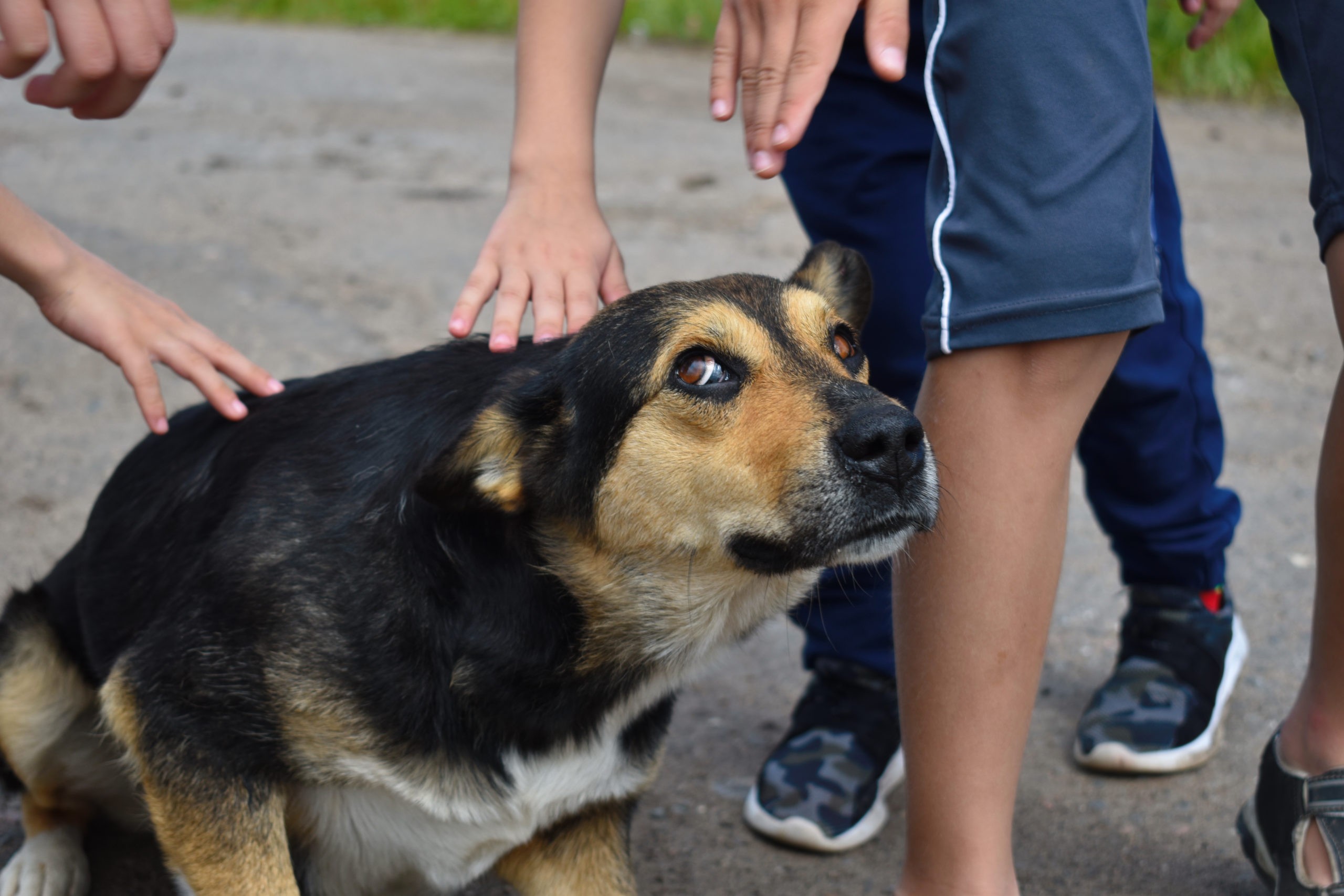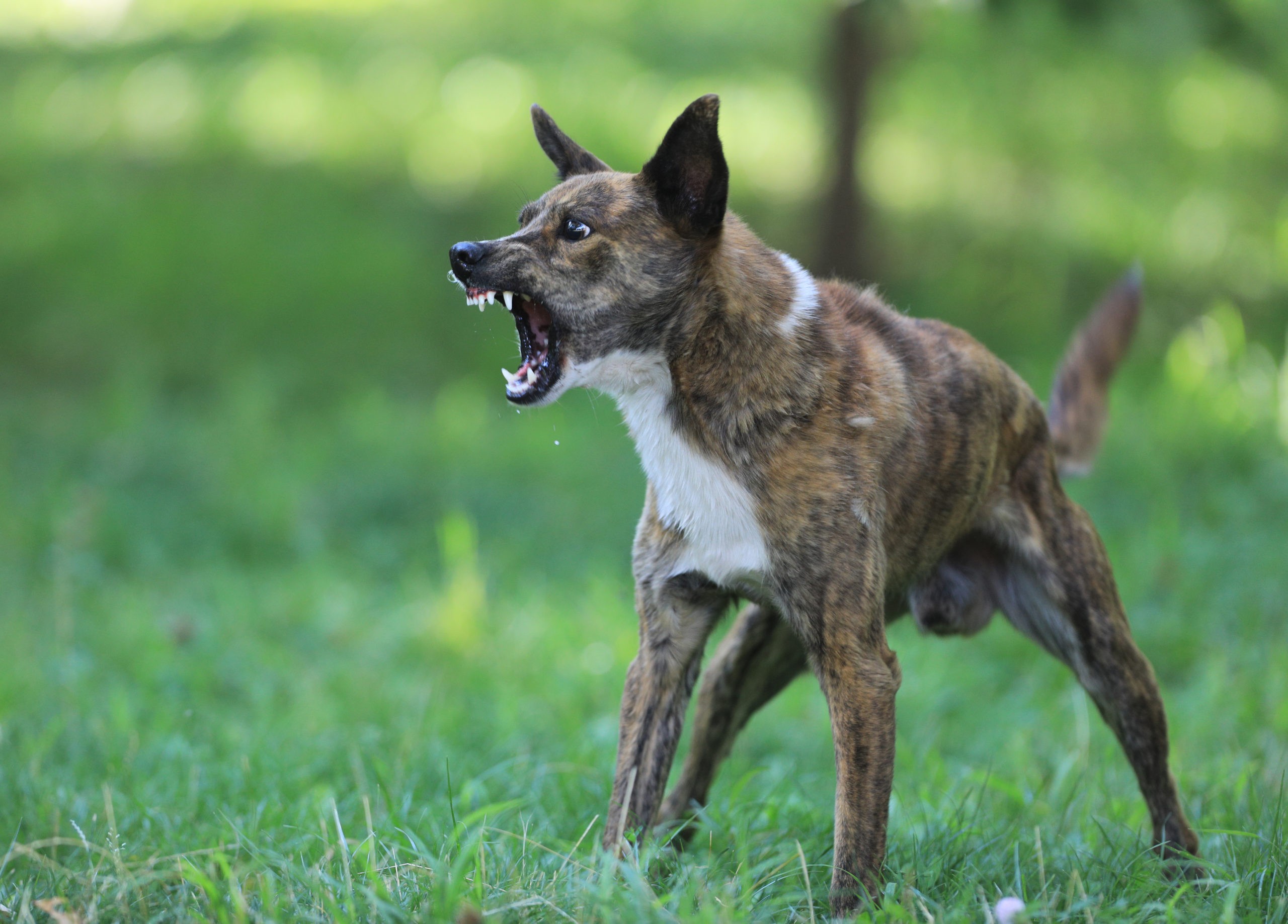No products in the cart.
Training
Read Your Dog’s Body Language Like A Pro
Last updated on May 25, 2022
By Brenda Schlabach
Training
Last updated on May 25, 2022
By Brenda Schlabach
Did you know that all dogs can talk? They may not be able to use words, but if you watch closely, your dog is telling you all the time what he's feeling - through body language.
Understanding canine body language is an important aspect of pet ownership. No, we can't sit down and have a chat with our dogs, but it is entirely possible to interpret body language and "hear" what any dog may be saying.
Understanding a dog's body language will do more than simply helping you communicate; it will protect you and your dog from dangerous situations, and is a major help with dog training and identifying common behavior problems.
While a lot of canine communication consists of barks, whines, and growls, most dogs rely on nonverbal body language. Without making a sound, your dog can tell you whether he's happy, scared, curious, or angry.
Let’s take a look at the 4 most common dog behaviors and learn what a dog’s body language looks like and means.
A happy dog is a relaxed dog. When you see a content, happy dog, he will be relaxed and loose all over. He's not not holding tension in his face or mouth, and his eyes are soft and may be a bit squinty.

Other signs your dog is relaxed and happy:
A happy dog is friendly, and at ease with his surroundings, and will likely lean into you when petted.
The complete opposite of a happy pup, an anxious dog is typically quite tense. The head is lowered, ears flat back, and the tail is often tucked between the legs.
Other common signs of fear or stress include cowering or hiding, yawning, lip licking, excessive panting, or showing the white of the eyes.

A stressed dog may also whine, growl, or bare his teeth. If you find yourself interacting with a dog in this state, proceed with caution: this dog may overreact to stimulus and may quickly turn aggressive if threatened.
Never punish a fearful dog. Instead focus on staying calm and positive. Try moving your dog to less threatening location. Forcing your puppy to “deal with it” when he’s stressed or uncomfortable could escalate to aggression.
Aggression in dogs starts out as fear or anxiety. One of the first indicators your dog is about to get aggressive is full-body stiffening. Body language to be aware of is tense or pinned ears, narrowed and staring eyes, tall stance, and curled lips.

More signs of aggression are:
If you see any indications of aggression in your dog, consult a professional dog trainer or veterinary behaviorist for advice on how to properly correct the behavior.
When a dog who is about to behave aggressively, his hackles (the hair on the back of the neck and back) may stand on end.
This is known as piloerection, and happens automatically to an excited or agitated dog, similar to how people get goosebumps.
A playful dog is gleeful and silly. The ears are pricked, the eyes are bright, and the tail is wagging rapidly. Playful dogs have wiggly bodies, and free movements; they may bounce and run around energetically.
The facial expression is friendly, with an open, relaxed mouth. They may exhibit high-pitched barks or growls. (Different in tone than aggressive barking and growling)

Many dogs will exhibit the play bow with front legs stretched forward, and rear end up in the air. A play bow is basically your dog's way of saying, "I'm ready for some fun! Come play with me!"
Our list is just a general overview of dog body language, and the signals and their meanings can vary between breeds, and the circumstances.
Canine body language must be considered in context. For example, a German Shepherd might be feeling agitated with a tail that is high and stiff, whereas a Pug has a naturally high and curled tail even when relaxed.
Your dog licking his lips after eating doesn't mean he's stressed - he's just trying to catch every morsel of food. Growling during tug-of-war does not make your dog aggressive, he's just excited you're playing with him!
Only you know your dog’s individual quirks. Dogs are "talking" to us all the time. Your job is to observe the entire dog and the situation; then do your best to accurately determine what the dog is trying to say.
When in doubt, assume the most fearful or aggressive signal a dog is showing you is the truth.
Learning a dog's body language simply means you can identify and appropriately respond to your canine's feelings. You'll know when Fido is anxious or just curious; whether he's frightened, or just wants to play.
One of the best ways to learn about body language is to work with a trainer who uses positive reinforcement methods. A dog trainer will be able to help you hone your own skills in translating doggy language.
Check out this fun-to-follow online program, and use our code to get 25% off a lifetime of step-by step tutorials, resources, videos, and so much more!
Learning canine body language doesn’t always come naturally - after all, we don't have tails. Think of it as learning Spanish, or French, or any other language: it's an ongoing process that takes work and practice to become fluent.
Knowing what your dog is saying unlocks a deeper bond of trust and respect between dog and owner. Plus, your understanding of your dog’s emotional state will help you prevent problems before they occur.
The result is both a stronger dog-parent relationship and a generally better life for not only your dog, but all dogs.
Love This Post? Share It!